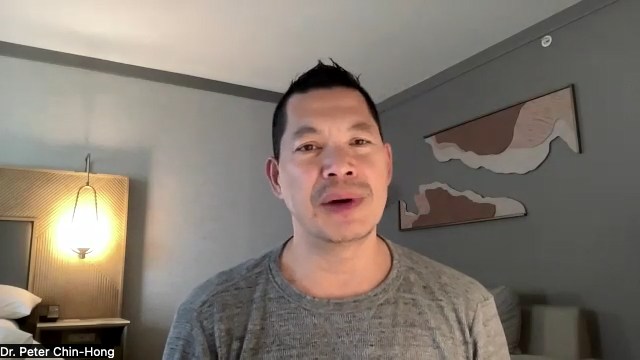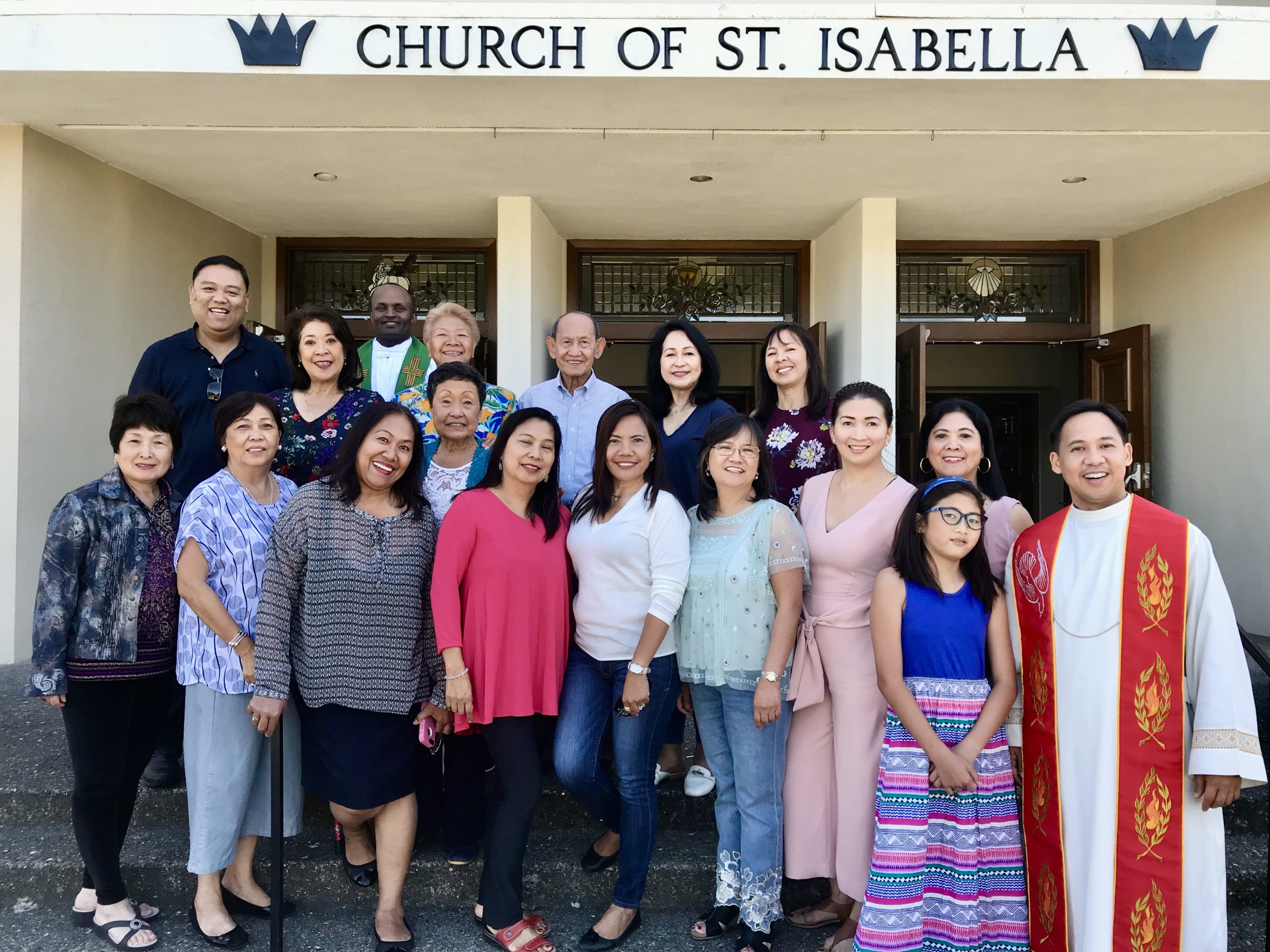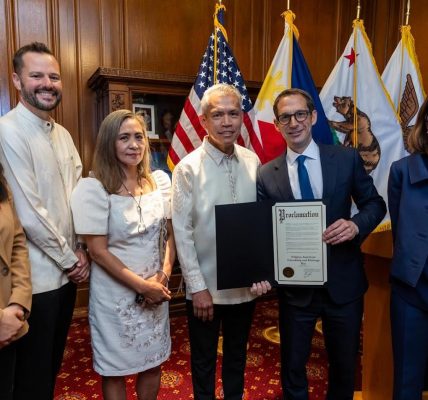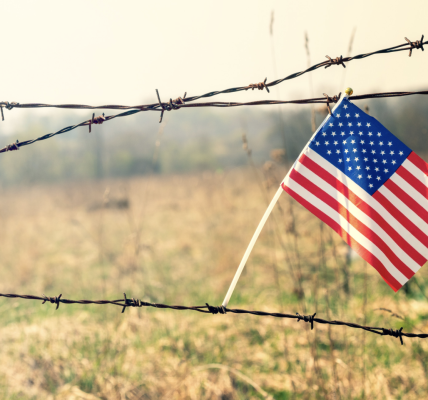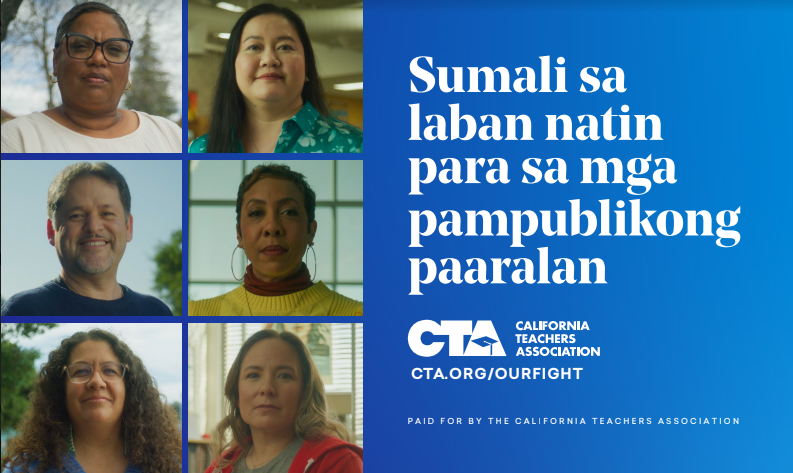By Jun Nucum
SAN FRANCISCO – As though the wildfires in Southern California were not enough, the Golden State, as with the rest of the states, has suffered the worst seasonal flu in the last 15 years in the country this year.
From the data supplied by the Centers for Disease Control and Protection (CDC), more than 29 million cases of influenza have been reported, leading to at least 370,000 hospitalizations, and 16,000 deaths.
Ethnic Media Services held a national briefing “Deadly Flu Season Grips America” that discussed the alarming rise in cases of flu; tips for preventing and treating the illness; underlying environmental and health factors that make certain populations, including kids and elders more vulnerable to flu-related pneumonia; and lower vaccination rates.
At the briefing were Professor of Medicine and director of the immunocompromised host infectious diseases program, University of California, San Francisco Dr. Peter Chin-Hong,
Professor of Biology and former chief Virologist at the Global Health Research Complex, Texas A&M University Dr. Benjamin Neuman, Co-Founder and CEO of The Latino Health Innovation Alliance|SaludConTech, and Adjunct Professor of Medicine at the University of Southern California Keck School of Medicine Dr. Daniel Turner-Lloveras,
Dr. Peter Chin Hong, who discussed how to protect oneself and family from getting infected flu symptoms, how to manage an infection, how infections can turn into pneumonia, when to go to the hospital, and the greater vulnerability of children, said the situation took everyone by surprise that this year had been a harmful flu season..
“I remember when we were meeting with the California Department of Public Health In the late fall, the projections from the CDC was that this would be an average season but they also said that COVID would be relatively higher than it was,” Chin Hong disclosed. “It’s almost like a seesaw and we saw much more flu and less covid. I think the reasons could be apart from us all getting together again after the pandemic, the types of flu that are circulating with more H3N2, as well as H1N1. But primarily driven by lower vaccination rates as well. When you look at kids, it dropped from 58% in 2020 to about the mid 40s now. And similarly in adults over the age of 65, that flu vaccine rate drop from about 52% in 1919 to 1920 to about 43% in 2024 to 2025.”
Also cited that although two thirds of the severe illness and deaths are in those over 65, a surprising number of children have gotten seriously ill this year 2025, including deaths there were about 86 kids, including kids in California and in San Diego some teens who died got a lot of press. This is very high for flu for the U.s. when it is not even close to the two-thirds way through the year.
“People say that flu is different from a cold or even COVID because it’s like you’re minding your own business and all of a sudden you feel like you got hit by a dump truck. That is kind of like the standard sort of narrative around flu, although there could be some variation. The thing with colds is that you get symptoms above your neck. And with flu, you get above and below your neck so you’ll get that cough, shortness of breath, that muscle aches all over and if anybody has symptoms right now in California and U.S., more likely than not, it’s going to be flu,” Chin Hong said.
Chin Hong added that he thinks more than 60% of what’s going around now is probably flu more in some areas than others and for kids, that’s sometimes hard to figure out when they’re very seriously ill but it’s usually not having the same appetite, of being more lethargic, and when the kid is crying but they don’t have any tears, those are all signs of dehydration from maybe from high fevers.
“And with older adults, the older you are, the harder it is to tell if something is wrong because they don’t always mount a fever,” Chin Hong pointed out. “But some of the same characteristics as in COVID pneumonia would help us with flu pneumonia as well, which is shortness of breath because the lungs is really where the most of the disease occurs in influenza. The influenza can also affect other organs apart from the lungs like the original COVID so can affect the heart the brain and other organs as well but those are much rarer.”
In terms of protecting yourself, Chin Hong strongly use of vaccines and maintains that getting vaccine is never too late as the flu vaccine this year contains three types and even if you’ve gotten flu, it changes over the season you may still have protection.
Another reason its not too late to get the vaccine is that we’re still in the middle of flu as it came a little bit late and it will probably end late. And flu is notorious for having a long tail that it goes until April, sometimes even May so you can still get benefit from it.
The third reason is that parallel outbreaks of flu in humans and bird flu. “The more you have these two flus around, the more bird flu can pick up tricks of human flu in order to enter our bodies more efficiently so they’re known for exchanging genes when they’re next to each other,” it was reported.
“By getting the human flu vaccine, you can lower the chances of that gene exchange occurring because you’re diminishing their chances of you even getting flu to begin with,” Chin Hong enlightened. “Other ways that you can get protection, people don’t remember that antivirals are really important. Like Paxlovid for COVID, there’s time of flu for influenza. The problem with Tamiflu is that you have only two days or less time than Paxlovid for COVID so that requires somebody to get a diagnosis.”
On the announcement of the Federal Drugs Administration that is canceling its annual or its regularly scheduled flu vaccine advisory committee meeting and on the pullout from the World Health Organization (WHO), Chin Hong maintained that flu and infectious diseases are not like you know substance use necessarily or housing or consumer goods. Infectious diseases don’t care about political affiliations or country’s borders.
“To see that part of the world community is really only doing the service not only to the world, but also to yourself. It is a two-way street. We give money to the WHO and we participate in meetings. But we get also specimens of infectious diseases from around the world. We get samples to make the COVID vaccine, for example. We get early warning signs, like if something is happening in Congo, which it is now, we get more information about it, not just that something is happening. We can know what it is in order to protect our country better and maybe even share,” Chin Hong said. “And then finally, of course, it is not a great symbol of us getting together in such a fractured time and pulling out of WHO is almost like a slap in the face.”
For his part, Dr. Daniel Turner-Lloveras said canceling any kind of meeting like this is a statement in itself and it’s letting the American people and the people who they’re supposedly caring for and providing standards for that something else is taking precedent.
“I think they should be really discussing what the data shows, right? And we know that the flu test positivity rate is very high. It is about 23%. I don’t think we’re going to have the data to show this until later like in most cases. But there is a fear of showing up to the emergency department. There’s a fear of showing up to clinics for vaccinations not only preventative care but also when someone is ill. Why do we have public health? Why do we have hospital systems? Why do we have government? Why do we have the state?” he said.
Essentially, it’s to make sure that everyone who resides in this state is cared for and there’s a system in place that makes sure that everyone is cared for,” Turner-Lloveras stressed.
“But we all know that if there were mass deportations if we if all undocumented people were asked to leave and they did leave, the economy would crumble definitely California with agriculture being the number one money maker of California and so we really need to take a step back and look at what the policies are in place right now and whether or not it’s really moving us to become a healthier country, become a healthier state. It’s a communal effort. And then that’s how vaccines work. When everyone is vaccinated, there’s a huge benefit,” Turner-Lloveras said.
Turner-Lloveras urged to stop moving backwards and try to look at what meetings need to take place, what meetings should be canceled, and what meetings shouldn’t be canceled to make sure that the policies and the actions that are being put into place are ones that benefit everyone.
Dr. Benjamin Neuman batted that FDA approval is an essential part of the process of updating a new vaccine and for virologist like him, the real nice things about these meetings, is that we get the government agencies showing their data to the public in the that I or you or anyone can see.
“And we also get insights on what some of the corporations making the vaccines are doing. So all give their own presentations and it is a goldmine of data. It lets you see, more or less, what is coming and how bad it is going to be. Theoretically, there could be ways that the FDA could approve a new vaccine version without there being a meeting but they may look like people approving something that have not seen or read or really understood. And I don’t think the world is any better off for that. I agree that this looks like a policy decision and it one that affects us in a bad way,” Neuman stated.
Neuman continued that they make decisions about health on individual basis and viruses “see us as a collective because if the virus gets into one person, then we seek each other out.”
“The virus has a much better chance of getting to the second, third, fourth and fifth person. Virus success is determined by how many chinks there are in our vaccination armor essentially and there have been a lot lately,” lamented Neuman.

